Grocery shopping these days can feel like an exercise in frustration — you fill your cart with just the basics and somehow end up staring at a triple-digit receipt. The sneaky truth? A lot of the most overpriced items in your cart are ones you can make at home with just a few pantry staples and a few minutes of your time.
By skipping the convenience markups, you’re not only saving serious money but also gaining control over the ingredients you’re eating. From simple condiments to quick snacks, these are 13 grocery items that cost way more than they should — and how to make them yourself for fresher, tastier, and budget-friendly results.
Salad Dressing
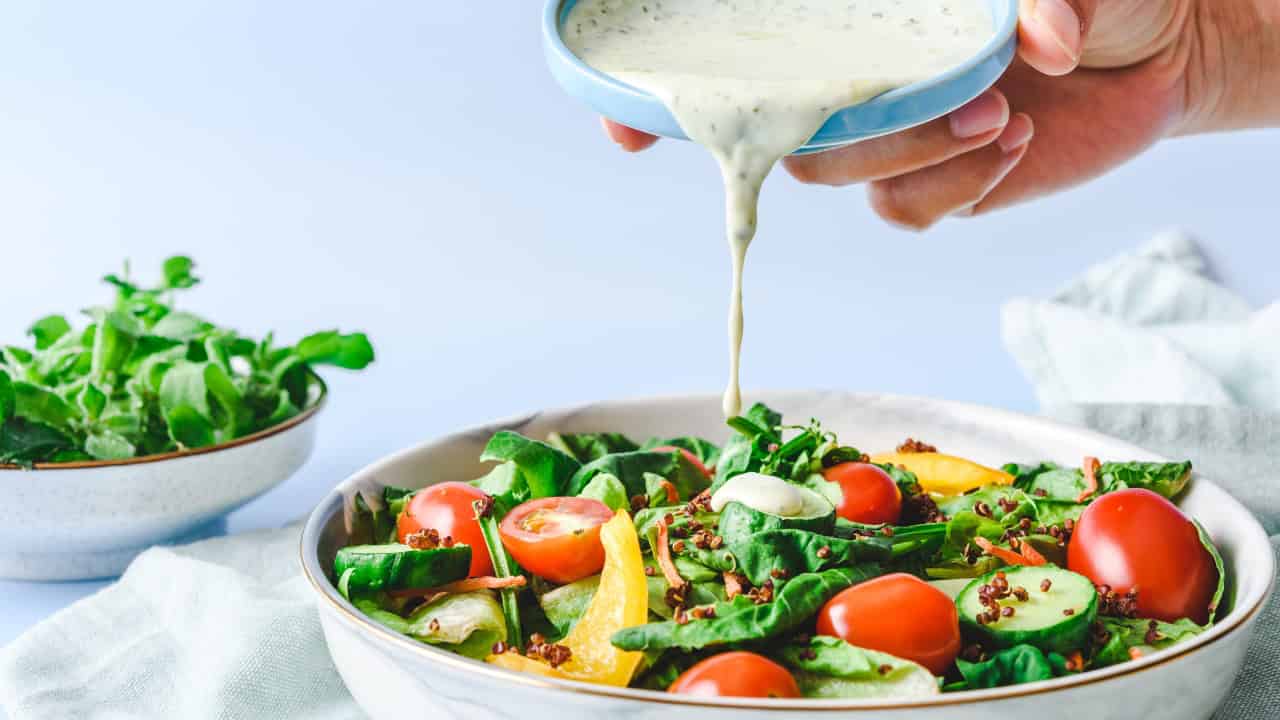
Bottled salad dressings can cost $5 or more — and many are loaded with preservatives or extra sugar. The good news? A delicious, fresh vinaigrette takes less than five minutes to make. Start with a base of olive oil and apple cider vinegar, whisk in Dijon mustard for creaminess, and add honey or agave for balance. Want something different? Blend in frozen raspberries for a fruity twist or a splash of soy sauce for depth. You’ll get more flavor, better nutrition, and a fraction of the cost.
Pre-Cut Fruit
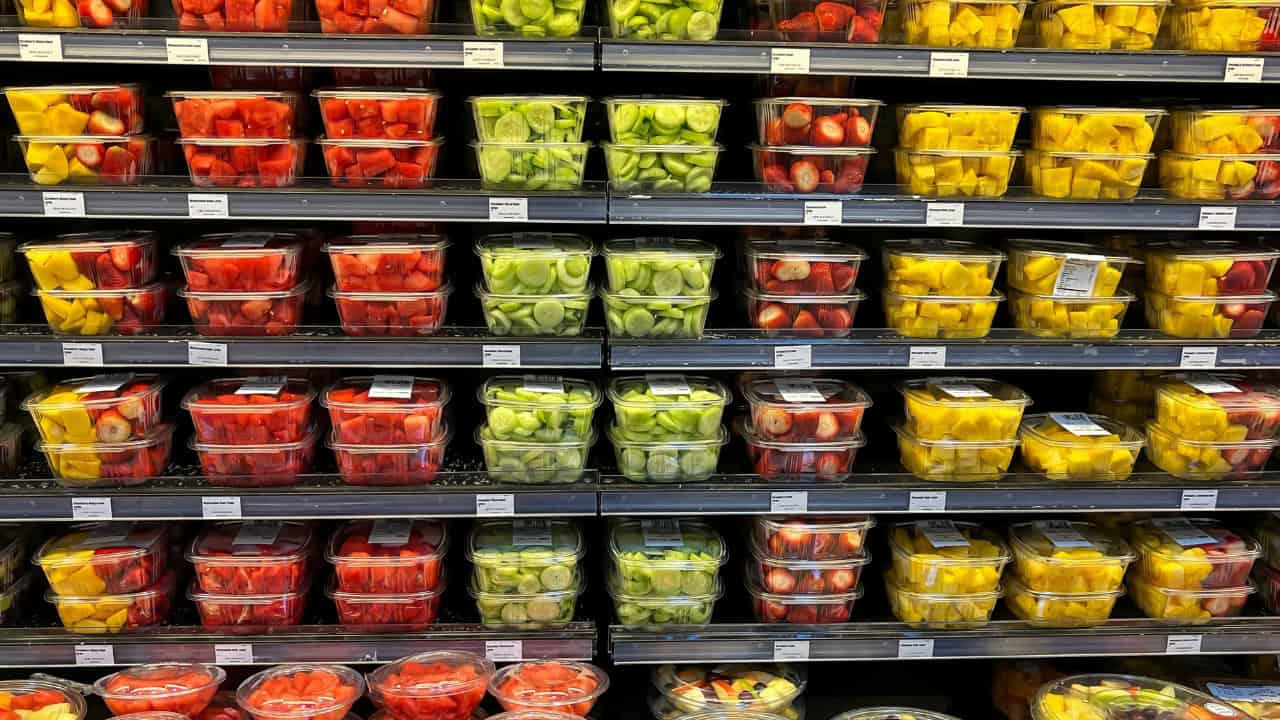
Those neat containers of sliced melon or pineapple might seem like a time-saver, but you’re paying a steep premium for a little less work. Whole fruit is almost always fresher, tastes better, and costs far less. Plus, pre-cut fruit starts losing flavor and texture the moment it’s sliced. Invest in a good paring knife, cut what you need for the day, and enjoy fruit at its peak without the soggy leftovers.
Boxed Rice Mixes

Most boxed rice mixes are just plain rice with a small packet of powdered seasoning — yet they often cost more than twice the price of bulk rice. You can easily recreate the same flavors at home by simmering rice in chicken or vegetable broth, tossing in frozen vegetables, and adding herbs or spices you already have. The result? A flavorful side dish without the artificial ingredients or the inflated price.
Protein Bars

At $2–$4 each, store-bought protein bars can quickly eat into your grocery budget. Making them yourself is as easy as stirring together oats, nut butter, and protein powder, then adding chocolate chips, nuts, or dried fruit for variety. Press the mixture into a pan, chill, and cut into bars. You’ll get a healthier snack at a fraction of the cost — and you can customize flavors to your taste.
Microwave Sandwiches

Frozen or microwave-ready sandwiches are convenient, but they’re rarely worth the price — or the sodium content. Instead, prep a batch of your own with good bread, quality cheese, and your favorite fillings. Wrap them individually, freeze, and reheat when needed. You’ll save money, eat better, and still have a grab-and-go lunch in minutes.
Compound Butter
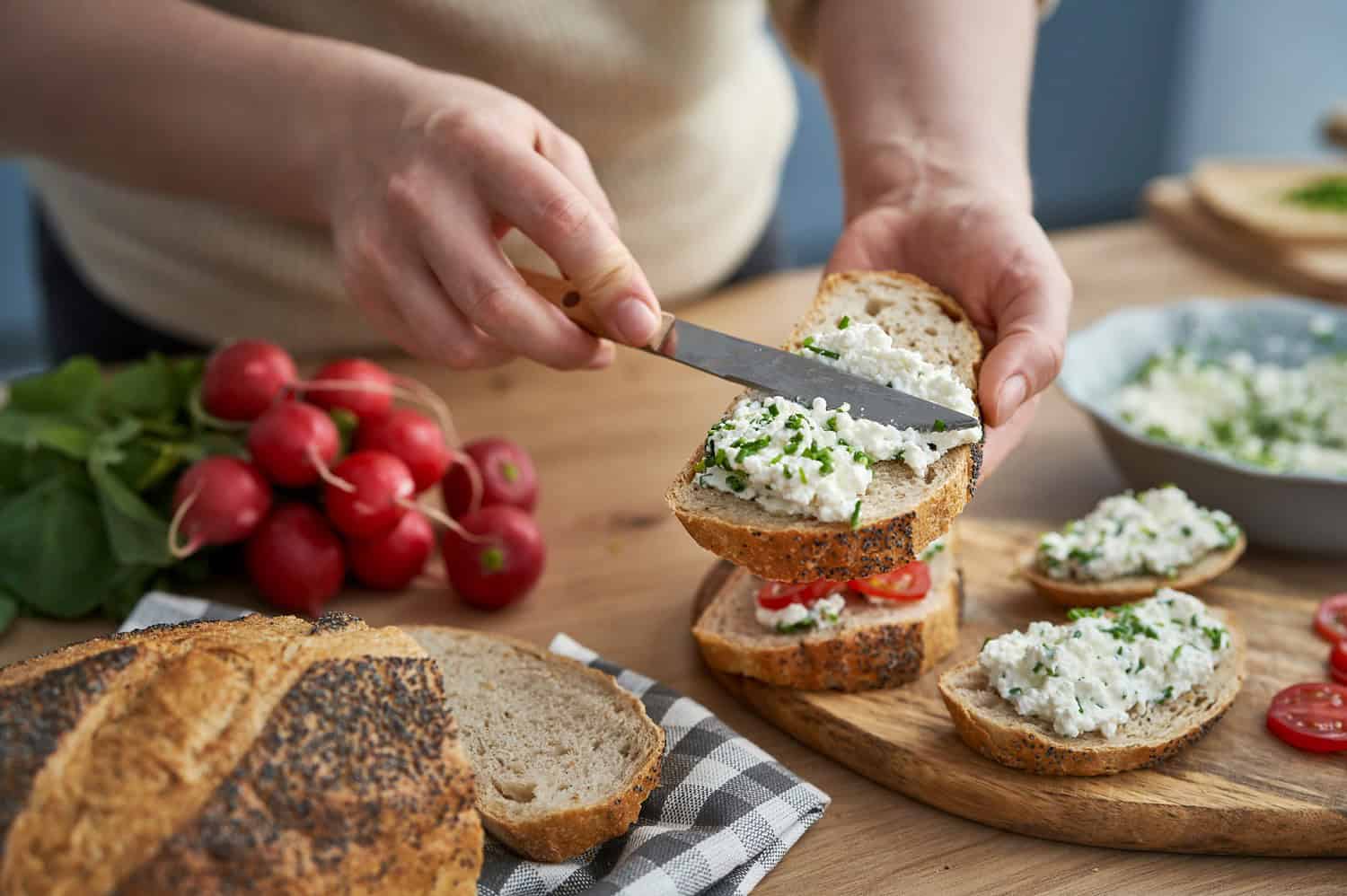
Specialty compound butters can be surprisingly expensive — yet making them at home is as simple as mixing softened butter with fresh herbs, spices, or even honey. Spread garlic-herb butter over warm bread, melt chili-lime butter over grilled corn, or swirl cinnamon-honey butter into oatmeal. They freeze beautifully, so you can make a big batch and enjoy gourmet flavor anytime.
Frozen Vegetables
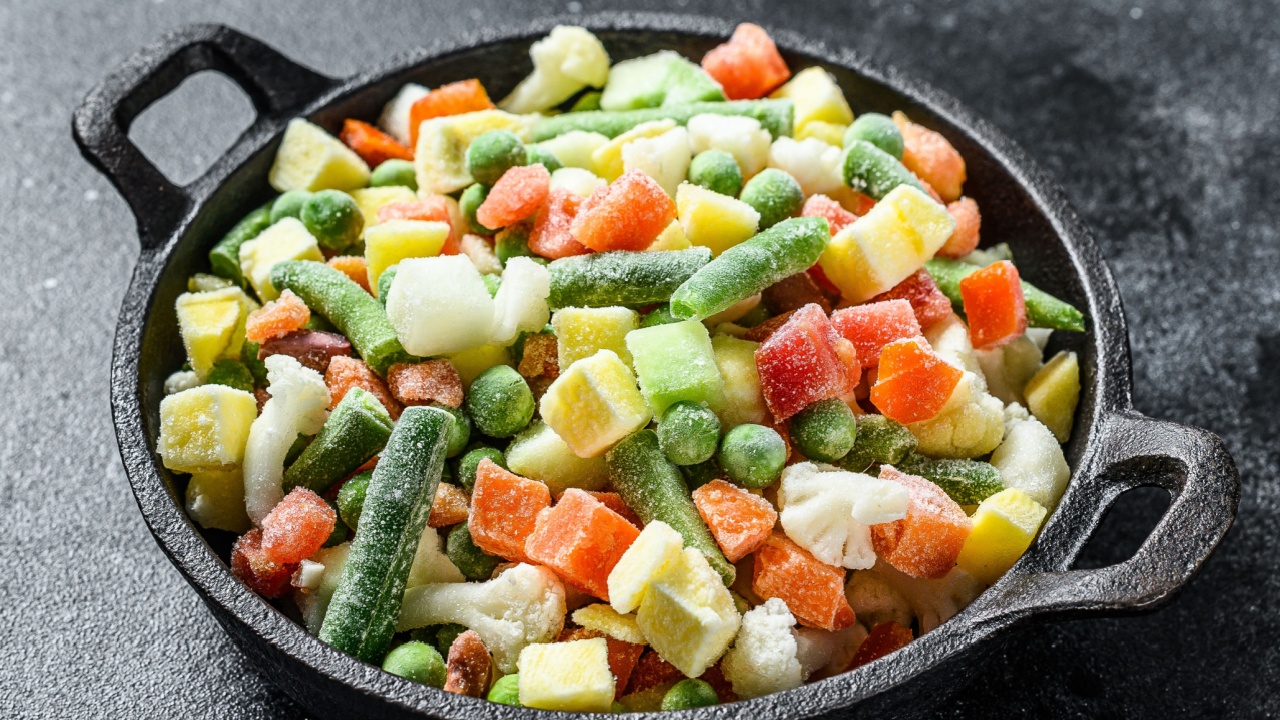
Frozen veggies are a smart buy — but pre-seasoned blends or single-serve packs often come with inflated prices. Instead, buy fresh vegetables when they’re in season and freeze them yourself. A quick blanch keeps them vibrant and crisp, and storing them in airtight bags means you can portion exactly what you need. It’s cheaper, fresher, and lets you enjoy summer produce in the middle of winter.
Pre-Packaged Snacks
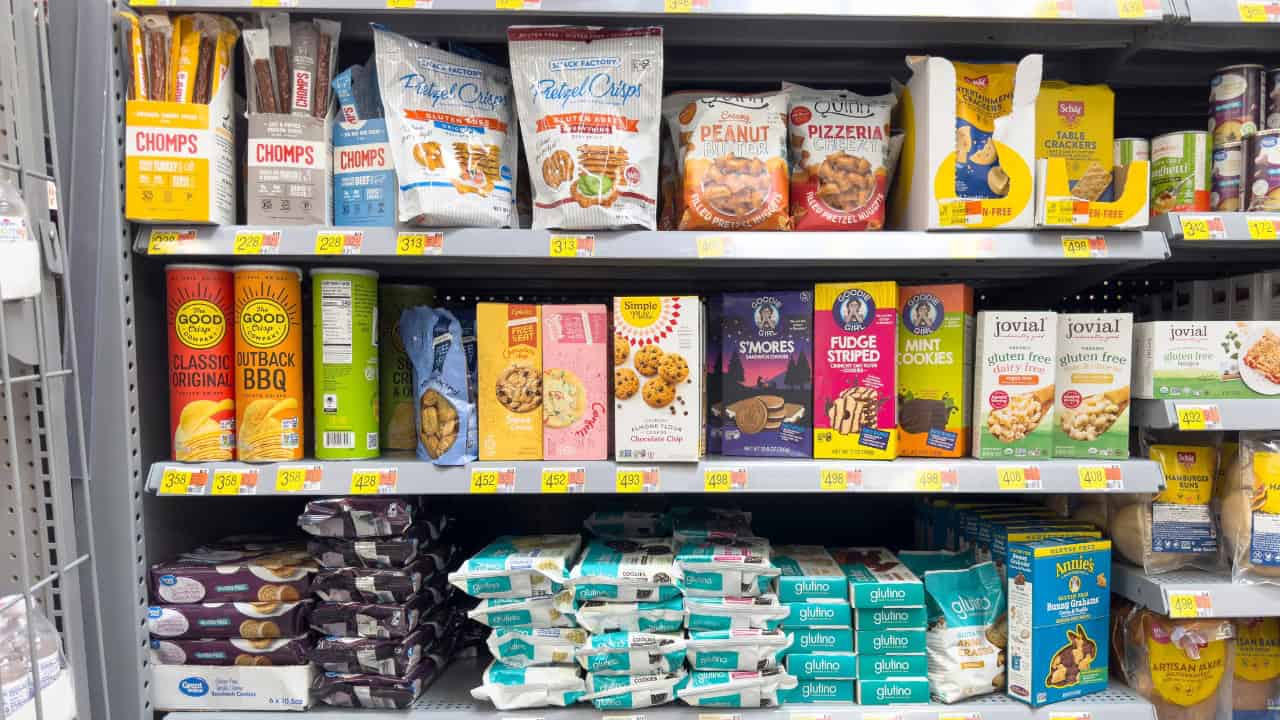
Snack packs might look harmless, but you’re often paying more for the packaging than the food inside. Make your own by portioning out trail mix, popcorn, or granola bars into reusable containers or bags. It’s a simple swap that can cut your snack budget in half — and it’s better for the environment, too.
Brand-Name Spices
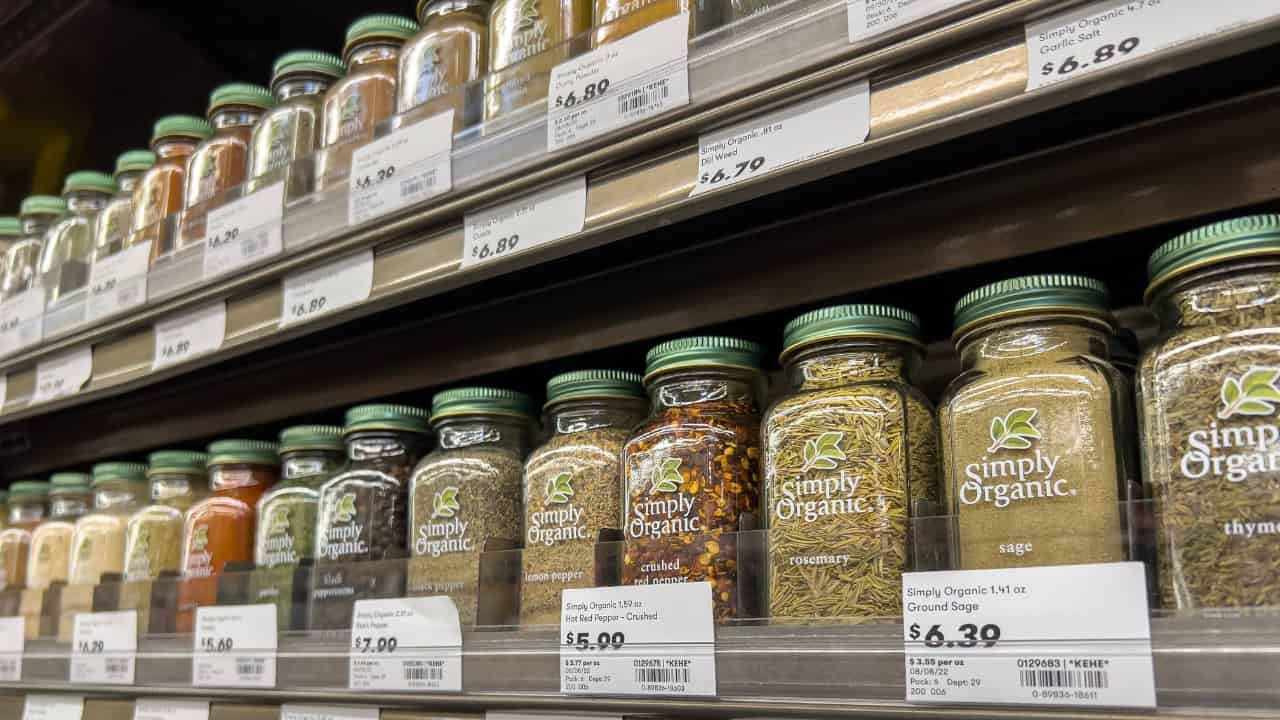
That tiny jar of cinnamon with the pretty label can cost four times more than buying the same spice in bulk. Check the bulk section of your grocery store or shop at international markets for fresher spices at lower prices. You can also make your own blends — taco seasoning, pumpkin spice, or Italian herb mix — for pennies per batch.
Herbal Teas

Herbal teas can be pricey, especially if you buy specialty blends. Dry your own herbs — mint, chamomile, lemon balm — or buy them in bulk to mix and match flavors. You’ll get fresher tea without the artificial additives, and you can create blends that suit your exact taste and wellness needs.
Energy Bars
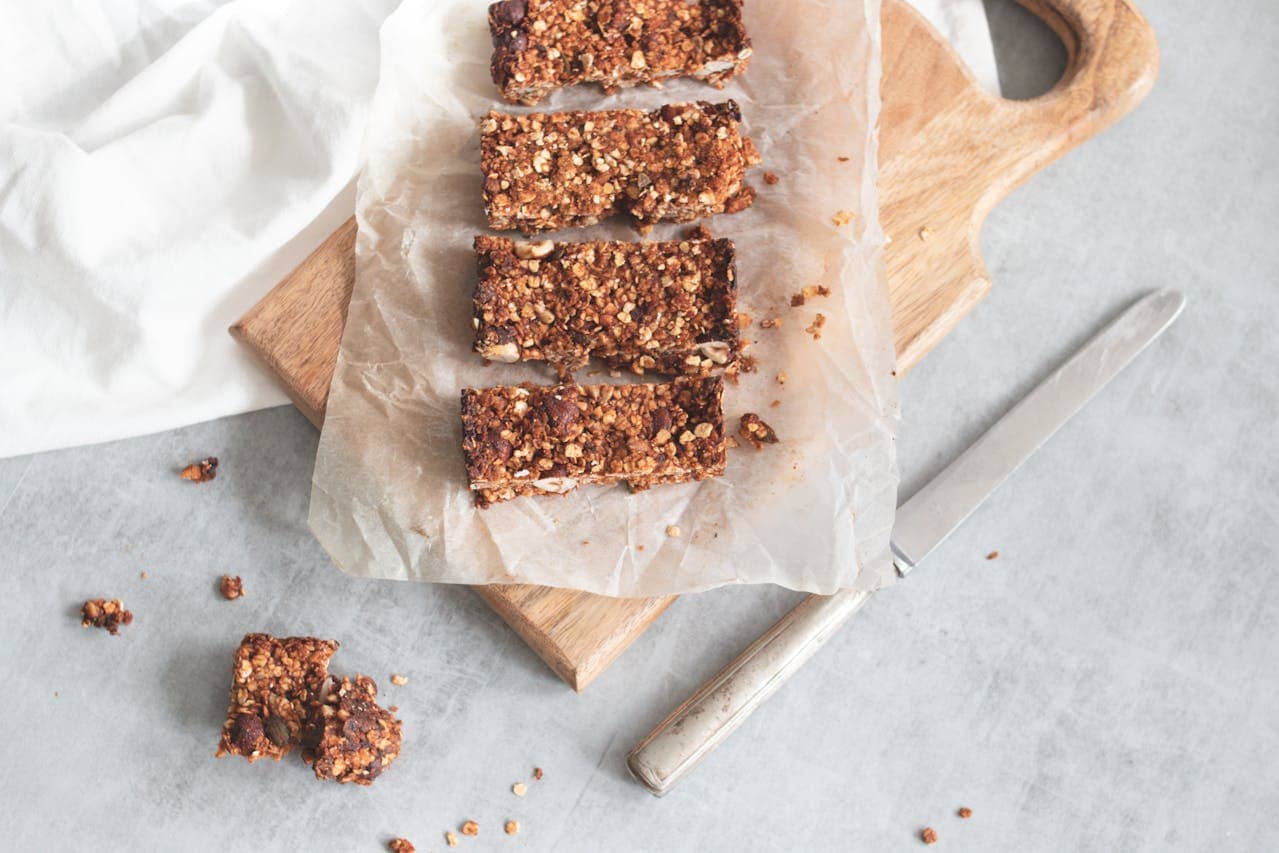
Energy bars are just as easy to make as protein bars — and the homemade version can be healthier, too. Combine oats, nut butter, seeds, and dried fruit, then press into a pan and cut into bars. For variety, drizzle with dark chocolate or stir in coconut flakes. They store well and are perfect for busy mornings or post-workout snacks.
Bagged Salad Mixes
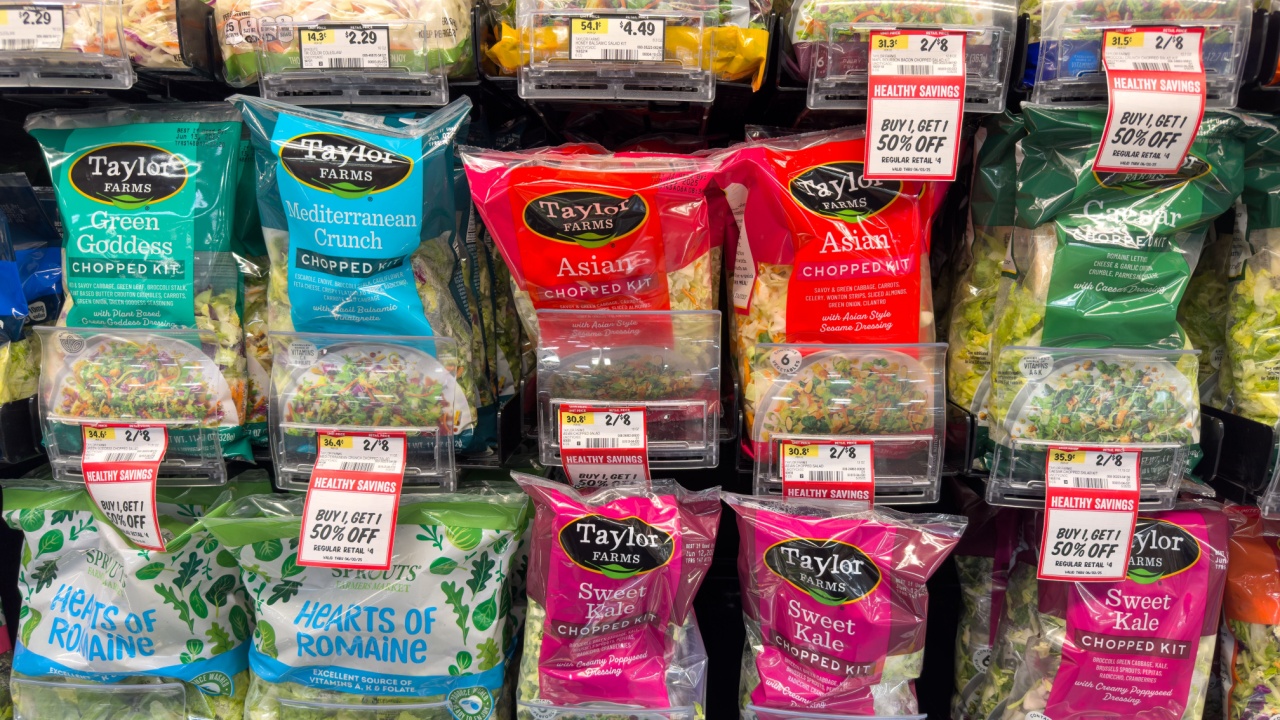
Bagged salads offer convenience, but you’re paying extra for someone else to wash and chop your greens. Buy whole heads of lettuce or bundles of greens, prep them yourself, and store in a salad spinner or sealed container with a paper towel to keep them crisp. You’ll get more for your money and fresher salads all week.
Frozen Fruit Bars

Those pretty boxes of fruit bars often have more sugar than fruit — and cost a small fortune. Make your own by blending fresh fruit with a splash of juice or yogurt, pouring into molds, and freezing. You control the sweetness, and the flavor possibilities are endless.


Comments
No Comments